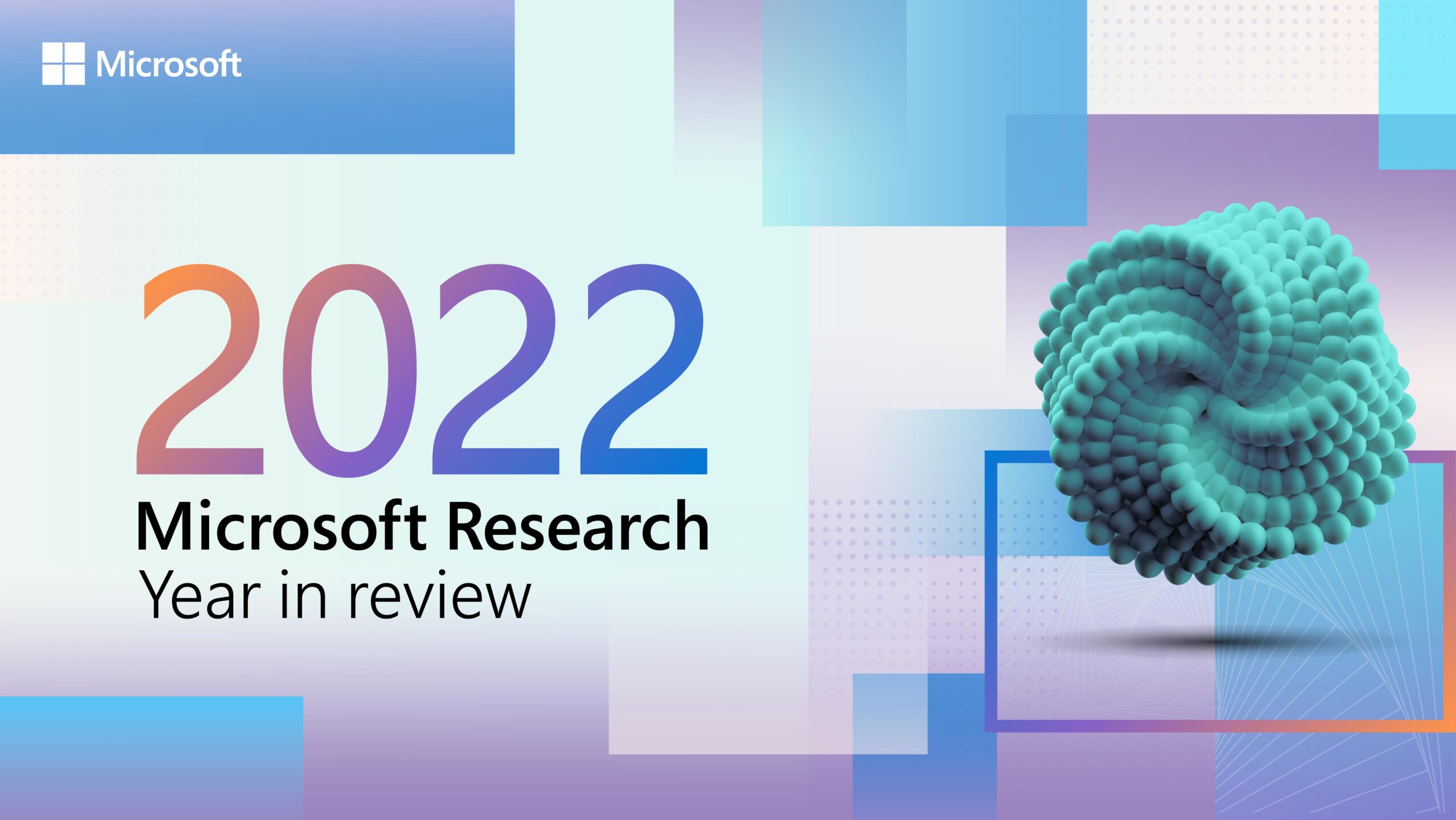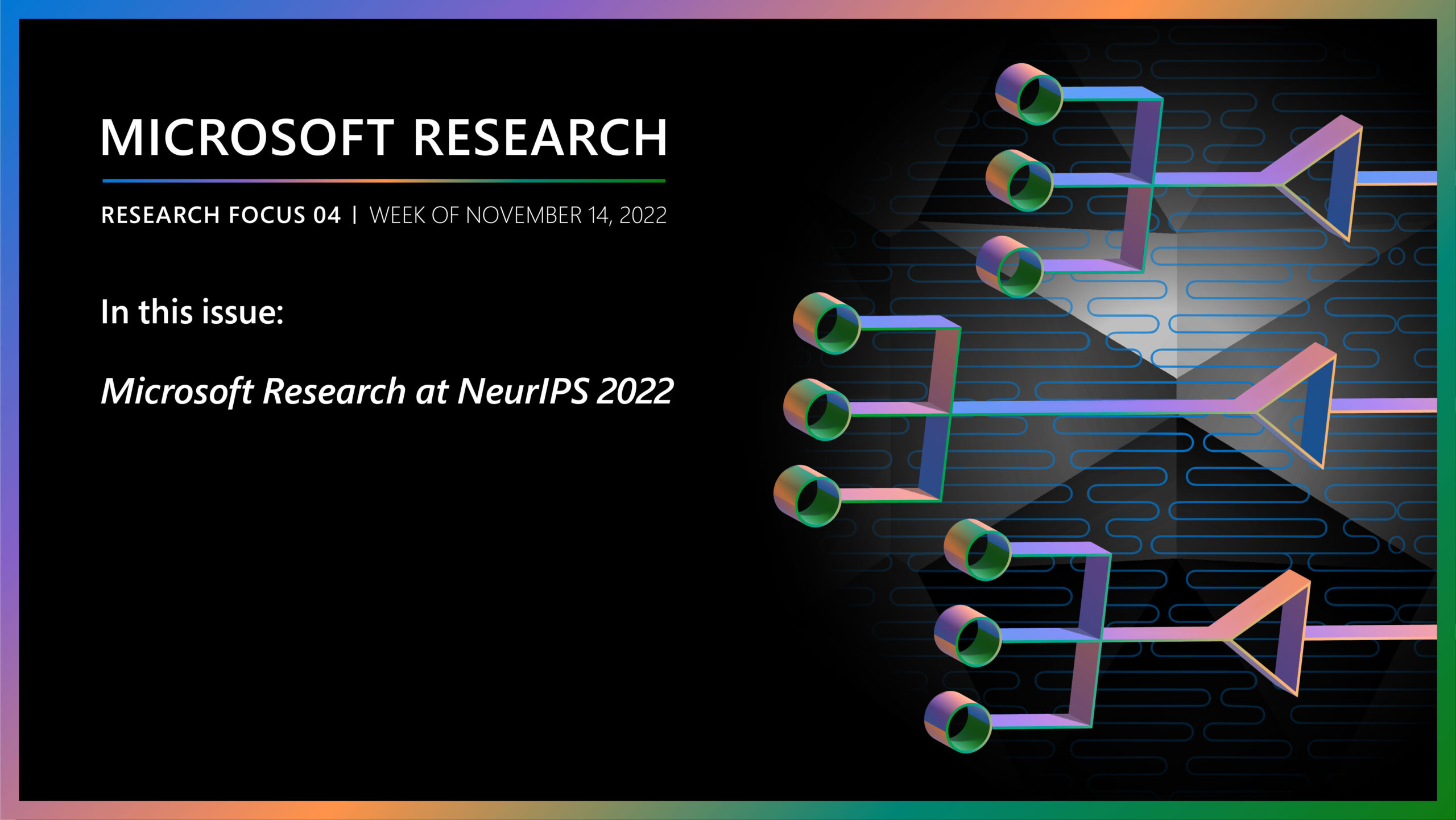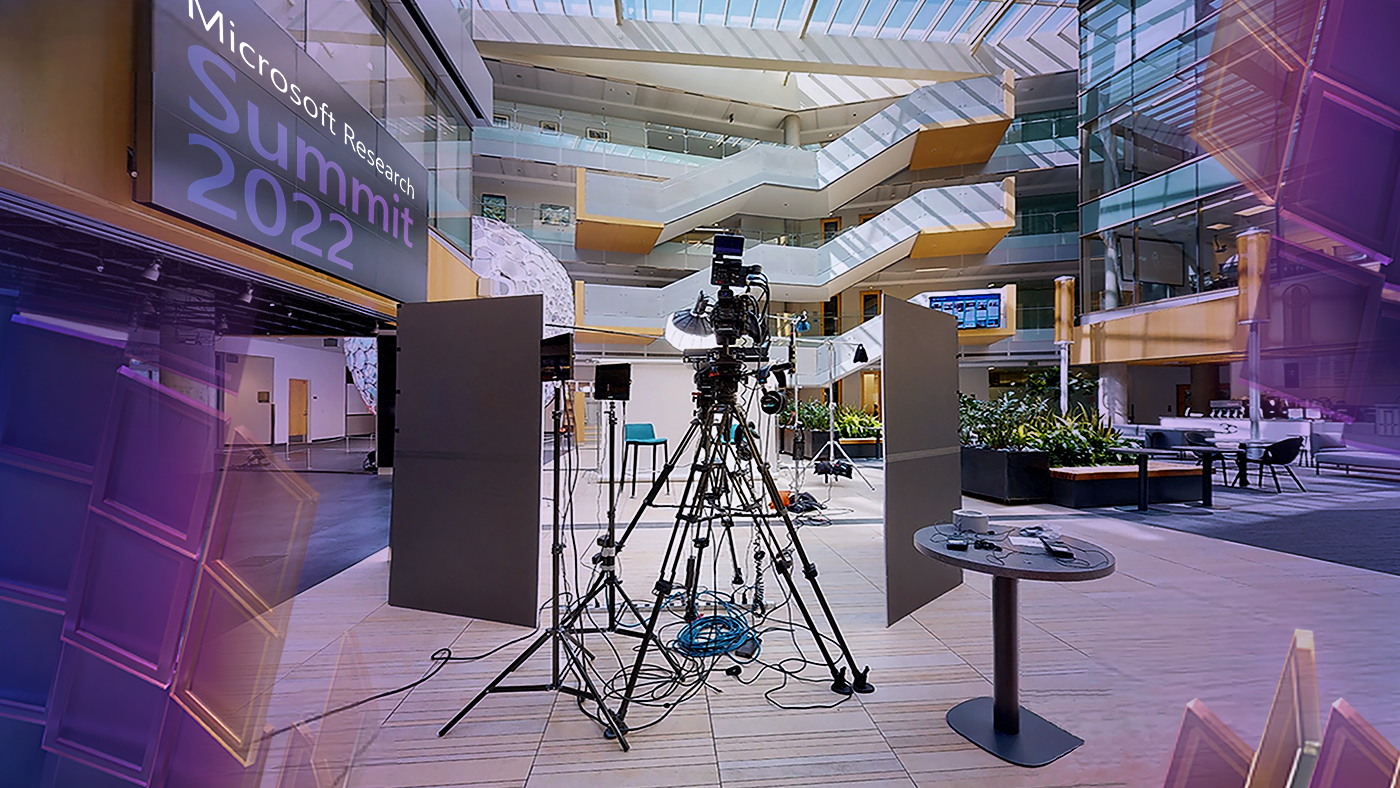Walking into the Microsoft Conference Center this morning, I could feel the excitement in the air as 600 academics and researchers started meeting up for the Microsoft Research Faculty Summit in Redmond, Washington. High on the agenda of this, our sixteenth annual Faculty Summit, are keynotes by top researchers and executives at Microsoft, and we are delighted to announce that these will be streamed live over the course of two days. Also to be streamed is “Progress in AI: Myths, Realities, and Aspirations,” a panel discussion on the past, present and future of artificial intelligence, led by Eric Horvitz, managing director and distinguished scientist at Microsoft Research Redmond.

Keynotes by top researchers and executives at Microsoft will be streamed live over the course of two days.
Then it is into the summit’s four topic tracks, with 70 top speakers from around the world, a record for this event. Broadly speaking, the tracks cover artificial intelligence, devices, society and software, offering something for everyone throughout the day. As one of the program chairs, I am always heartened at the enthusiasm and expertise brought to the summit by Microsoft researchers and the academics, who make up half the speakers. We know we are going to be transported into the future when Session Chair Krysta Svore and speakers from MIT, ETHZ and Microsoft explore “What Can We Solve with a Quantum Computer?” or when Jaron Lanier’s panel session examines the potential of Microsoft HoloLens in “The Holoscene: Virtual and Mixed Reality.” Then we will be back squarely in the present, when Bill Buxton and Jeff Han lead a group exploring “Digital Ink and Touch on NextGen Devices,” no doubt with special reference to Microsoft’s new large touch device, the Surface Hub. A session I won’t want to miss is “Design Verification: Treating Networks Like Programs or Chips,” which deftly pairs up software engineering and networking experts from Cornell, Princeton, the Naval Postgraduate School and Microsoft.
Spotlight: Event
There are many other interesting sessions, and of course one cannot attend them all, so I am glad that all sessions will be available to view online after the event.

This year’s Research Showcase will feature a record-breaking 47 demos and information booths.
Meanwhile, as at any large event, people are mingling and networking and sounding out potential collaborations. Academics are always keen to know how to best collaborate with us and take advantage of every opportunity; to that end, the Research Showcase on day two of the summit will include booths devoted to our latest announcements and our flagship programs, such as internships and scholarships. And speaking of this year’s showcase, it’s another summit record—we have 47 demos and information booths—and they are all linked online, so you can find out about them, even if you cannot attend.
And whether you’re at the event or not, be sure to check out Microsoft’s open source projects for academics and free data science datasets for use in your research.
For now, it is into the fray, and over to the live streaming!
—Judith Bishop, Director of Computing at Microsoft Research and Co-chair of the 2015 Microsoft Research Faculty Summit





